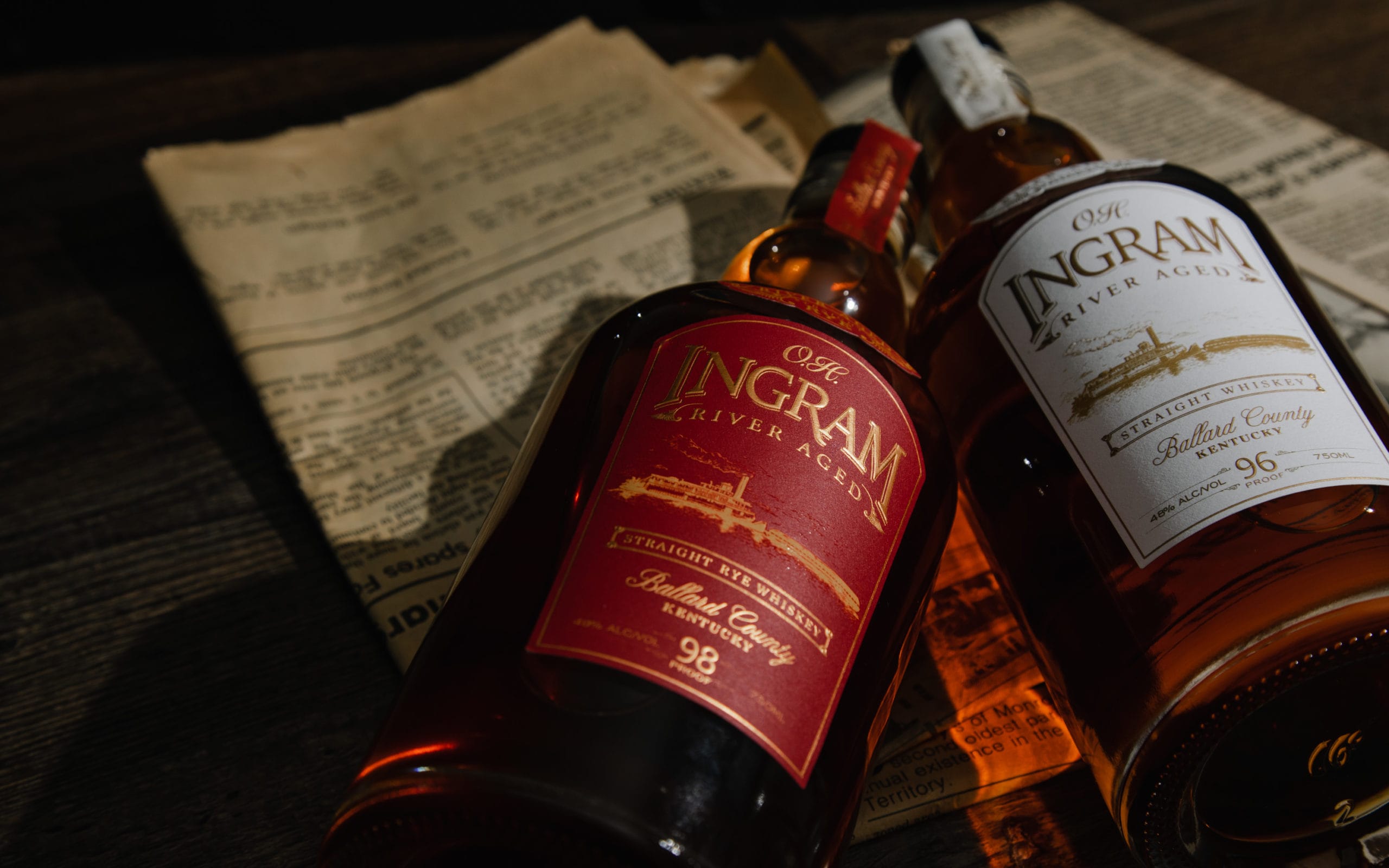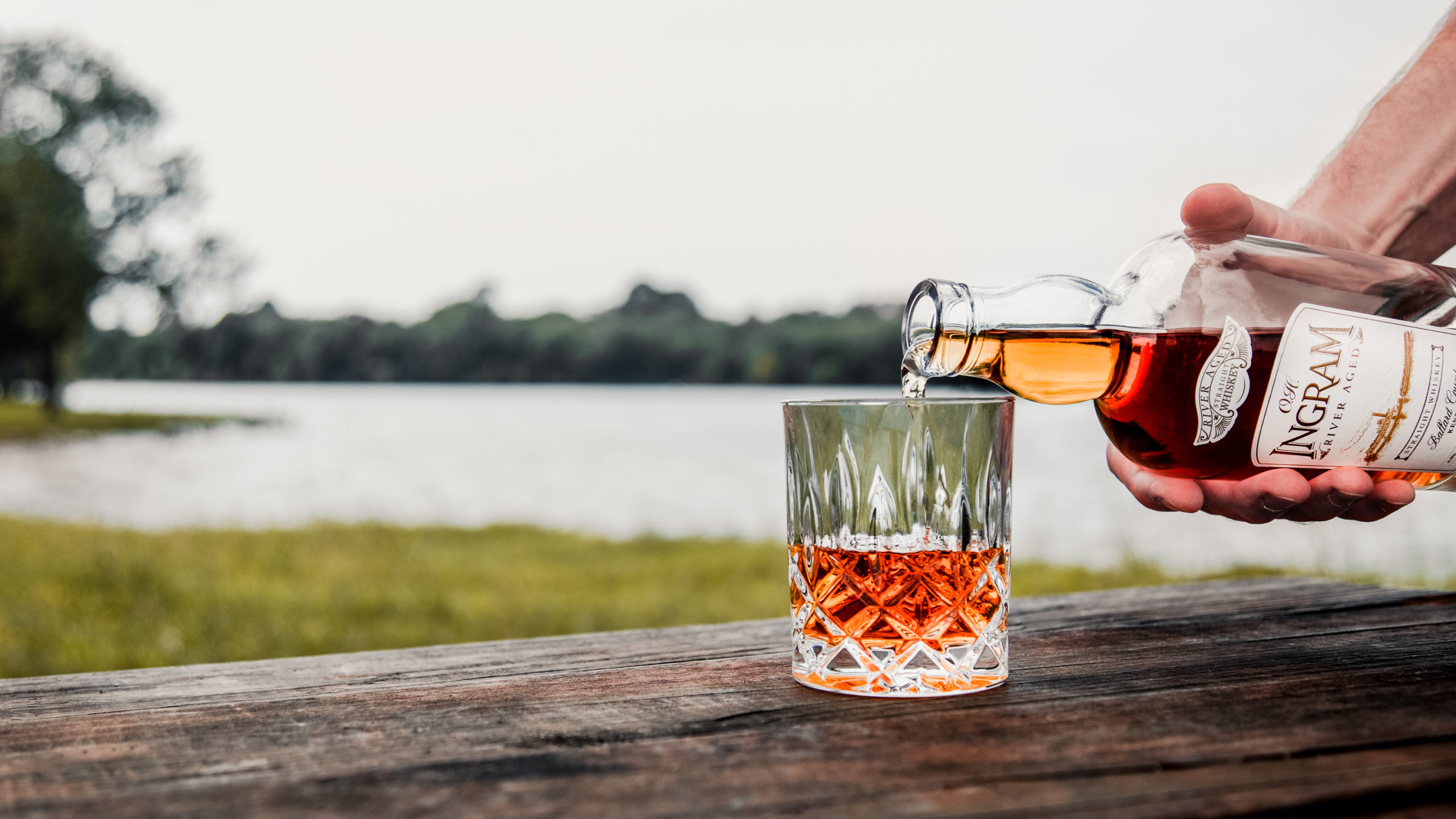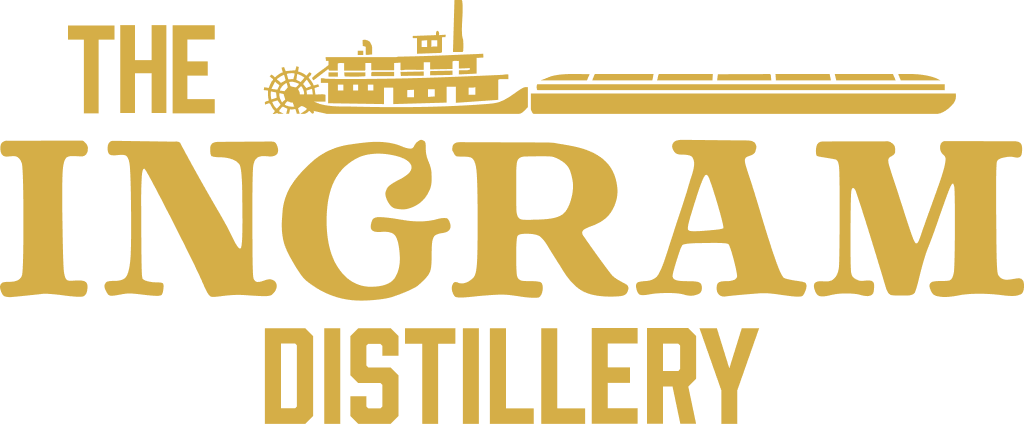
Take me to the river: Ingram River Aged Whiskey enters Memphis market
When Hank Ingram, founder of O.H. Ingram River Aged Whiskey, was in college, he joined a club devoted to wine and whiskey tastings. That club, and a legacy of working on the Mississippi River, led to him starting the company.
“My family’s been in the river business for over 75 years, transporting things all up and down the Mississippi,” Ingram said. “I actually was a deckhand for a brief period of time and have fond memories.”
In the club he learned about how bourbon was moved down the river, which led to its growth in popularity. The whiskey could stay on the boat for months at a time, which deepened the flavors.
“Listening to the story, [I thought], ‘Man, we do things all the time on the river, why can’t we try the bourbon? Or a few barrels of bourbon and see what happens? Are we missing something today, because that’s not how we do it anymore?’ That was what got me into the process,” he said.
Ingram does not distill the whiskey, he ages it on a barge in a rickhouse — a structure for storing and aging whiskey — on the Mississippi at Ballard County, Kentucky. The whiskey recently entered the market in Memphis.

Ingram said that aging the whiskey on a barge was more of a practical idea than a romantic one. He started with an experimental permit and six barrels on two barges. He compared the outcome to what he calls the “landlocked” variety and had an “aha” moment.
The motion of the river, Ingram said, keeps the whiskey moving in the barrel. Extreme shifts in temperature on the barge and humidity also play a part.
“I call it a microclimate,” he said. “If you look at bourbon and compare it to scotch — scotch is a completely different but very similar process in a different climate. It takes longer. Different flavors develop. This is really just another microclimate that’s similar but different enough from traditional bourbon that I think it’ll be a unique expression for folks to try.”
The rickhouse takes up the entire 200-foot/35-foot-wide barge, holding about 2,100 barrels. Proper ventilation is important — to keep the whiskey’s evaporation in check and because the whiskey is flammable.
Because Ingram is working on an experimental permit getting up and running wasn’t a problem. But expanding may be. Ingram said more barges means more eyes on his operation and he’s considered how having a string of barges at one facility may block the way. He’s working on expanding the space he already has.
“We chose this spot on the river because of all the dams,” he said. “It’s where the Ohio and the Mississippi River come together and we get a great bit of fluctuation there.”
Ingram said he’s not worried about flooding. His spot on the river is secure. His main focus is on expanding into new states and introducing new products.
“It’s a innovative process that really has its roots tied into the history of bourbon,” he said. “I think bourbon enthusiasts and the average consumer, they appreciate the hard work and the story. People take pride in their whiskey because it takes so long. It’s got this nostalgia that’s wrapped up in it.”
